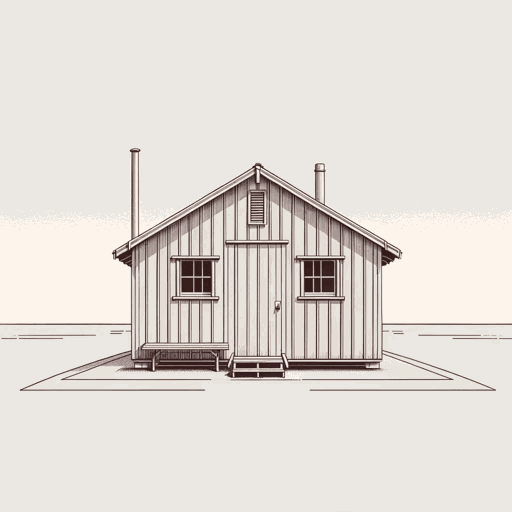26 pages • 52 minutes read
Miné OkuboCitizen 13660
Nonfiction | Graphic Novel/Book | Adult | Published in 1946A modern alternative to SparkNotes and CliffsNotes, SuperSummary offers high-quality Study Guides with detailed chapter summaries and analysis of major themes, characters, and more.
Pages 50-100Chapter Summaries & Analyses
Pages 50-75 Summary
During the first month at Tanforan Assembly Center, Okubo started to document the daily activities of the camp through sketches and drawings. She noted that hundreds of new people would enter the camp each day, contributing to overcrowding. Due to the overcrowding and poor housing conditions of the camp, there was little privacy. Okubo remarks that the women’s latrines had few partitions. Many women could not get used to showering and going to the bathroom in the open, so they took to creating their own makeshift partitions. Additionally, there was no privacy in the barracks as neighbors’ voices carried.
Pages 76-100 Summary
There was no leaving the camp except for emergencies or death. The camp also enforced a strict curfew for rising and returning to their stalls. The “Caucasian camp police” (60) would patrol the camp to make sure that these instructions were followed. Internees tried to make the best of their camp life. When the opportunity for employment arrived at the camp, several able-bodied internees began working but were paid very little. Okubo began working as an art instructor in the camp, teaching young children. Several other internees tried to beautify the camp, planting victory gardens. A group of landscape architects also transplanted plants and shrubs into the center field and created a body of water called North Lake, forming a park in the middle of the camp.

